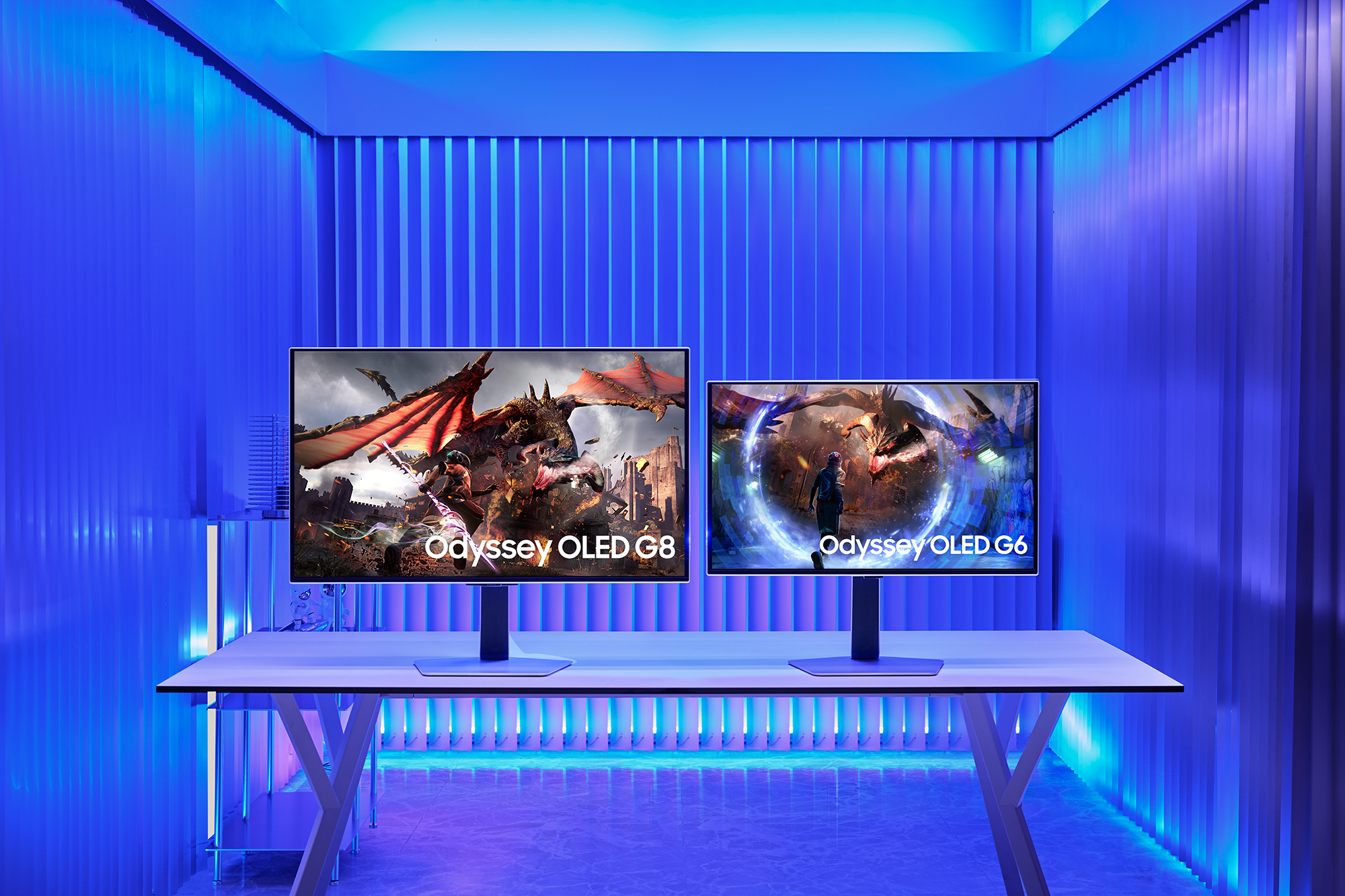
Samsung reportedly develops the world’s first 27-inch OLED panel with a 1440p resolution and a 500 Hz refresh rate. This breakthrough, aimed at high-performance gaming monitors, sets a new benchmark for OLED display technology, surpassing the current maximum refresh rate of 480 Hz featured in models like LG’s UltraGear 27GX790A-B and Asus’s ROG Swift PG27AQDP.
Although Samsung’s release date and detailed specifications remain unconfirmed, industry sources indicate that the company is leveraging its cutting-edge QD-OLED technology. By combining Quantum Dot and OLED technologies, QD-OLED panels offer superior color vibrancy, deeper contrast, and improved performance compared to traditional LCDs. This aligns with a broader trend among display manufacturers like LG Display and Samsung Display, who compete to push the boundaries of high-refresh-rate OLED monitors in various sizes and resolutions.
The panel is reportedly in the final stages of development, with discussions underway to commercialize it in collaboration with leading monitor brands. Gaming monitors featuring this 500 Hz panel are expected to launch in the first half of next year. However, the race for innovation isn’t limited to refresh rates.
In a separate report by FlatPanelsHD, FlatPanelsHD also predicts that the coming year will witness a new trend for 27-inch QD-OLED and WOLED monitors. Light Soul, a Chinese monitor brand, plans to release a 27-inch QD-OLED monitor with 4K resolution, a 240Hz refresh rate, and 1000 nits of peak brightness. This panel may also be used in products from other brands.
Additionally, for gamers who want a large screen experience, a third trend for 2025 points to a 45-inch WOLED panel with a higher resolution than the existing 3440×1440 pixel resolution, possibly a jump to 5120×2160 pixels. The LG 45GX950A, recently spotted in a Korean certification database, could be one of the first models to showcase this high-resolution large-screen technology.
While these developments push technological limits, it’s important to note that the average consumer or PC gamer may not benefit from a 500Hz refresh rate. Such performance is primarily relevant for competitive e-sports, where achieving ultra-high frame rates is critical for gameplay.
Read full post on Tom’s Hardware
Discover more from Technical Master - Gadgets Reviews, Guides and Gaming News
Subscribe to get the latest posts sent to your email.








